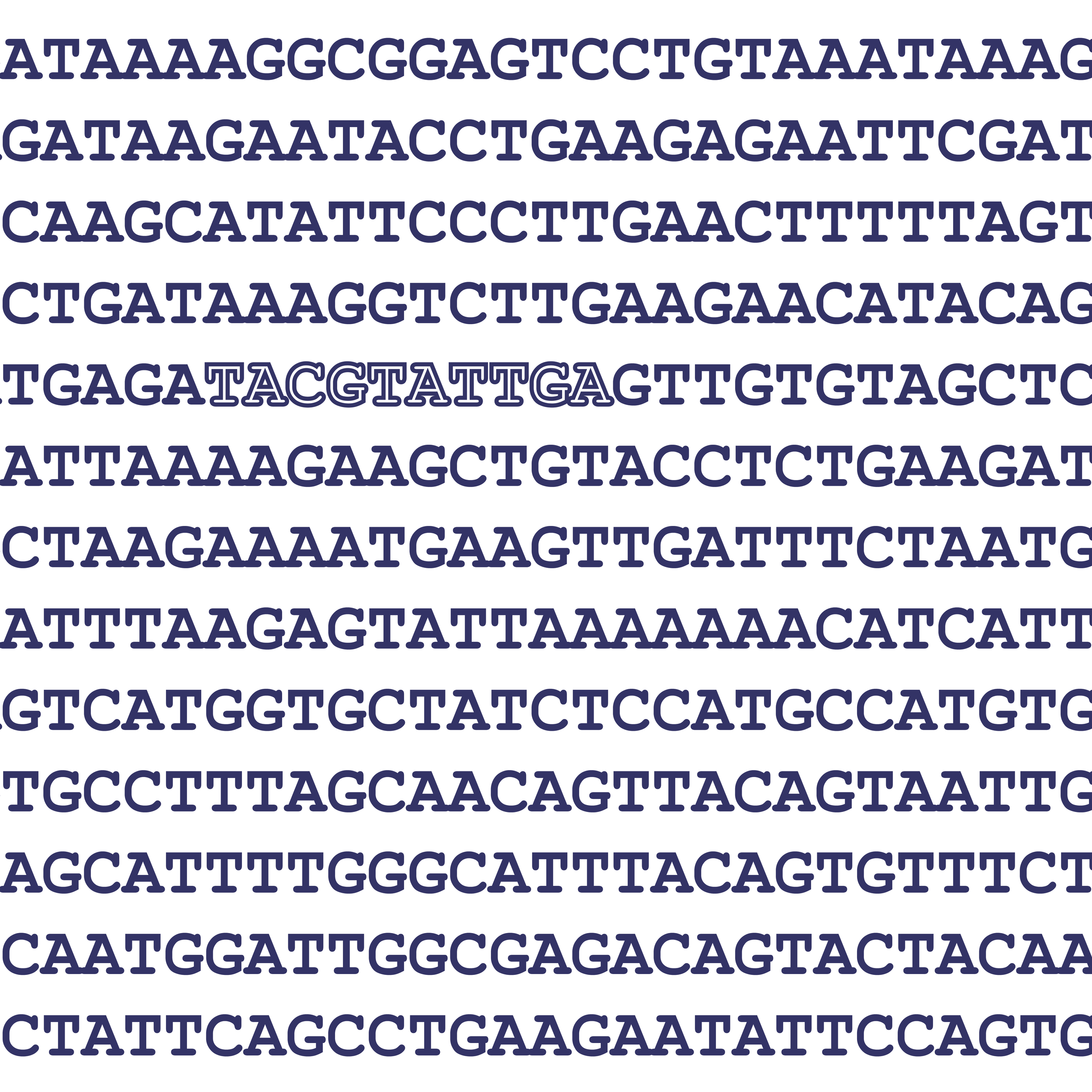Understanding DNA repair
Maintaining genome stability is a challenge that every form of life must address. It is a fundamental biochemical process that plays a critical role in both disease development and therapy. For example, improper repair of DNA damage induces mutations that give rise to cancer. However, the inherent DNA repair deficiency of cancerous cells can be exploited by genotoxic therapy that results in specific cell death. Furthermore, with the advent of CRISPR-based therapeutics, the cellular response to Cas9-induced DNA breaks has resounding effects in clinical outcomes. It is essential to understand the molecular pathways that facilitate DNA repair to exploit it for cancer and gene therapy.
In the Setiaputra lab, we focus on exploring the molecular mechanisms underlying DNA repair pathway choice. There are multiple potential pathways that respond to DNA damage, and which pathway is brought to bear carries profound implications in the toxicity and mutational outcomes caused by specific genotoxic insults. The molecular basis of the cellular decisions leading to a specific repair trajectory is poorly understood. We use mammalian cell culture combined with biochemistry, cell biology, genomics, and computational biology to address this gap in understanding. Our ultimate goal is to leverage fundamental DNA repair research to identify novel targets and paradigms in targeted cancer therapy and gene editing.
-
DNA double-strand breaks (DSBs) are repaired through various pathways, and the choice between them carry important physiological consequences. In BRCA1-mutated breast and ovarian cancers, the genotoxic drug poly-ADP ribose 1 polymerase inhibitor (PARPi) is exquisitely lethal to cells deficient in the homologous recombination pathway of DSB repair. However, loss of the 53BP1-RIF1-shieldin pathway renders these cells resistant to PARPi. We seek to understand how these DSB repair pathways interact.
In our previous research, we discovered that shieldin functions to inhibit homologous recombination through single-stranded DNA binding in the vicinity of DNA breaks. Further study into both the in vitro and cellular roles of shieldin will reveal the molecular basis for DSB repair pathway choice. We will then use our findings to springboard investigations into other DNA repair pathways.
-
The kinetics of DNA repair is primarily investigated through either in vitro reconstitution of repair reactions using purified proteins or through fluorescence live cell microscopy tracking the occupancy of repair factors at sites of damage. Though powerful, in vitro reconstitution cannot recapitulate the native cellular environment, while fluorescence microscopy cannot resolve molecular details. In situ monitoring of DNA repair intermediates overcomes these barriers, providing nucleotide resolution of repair progression in its native context—especially in the presence of multiple competing pathways.
The Setiaputra group will develop cutting-edge expertise in kinetically-controlled induction of DNA damage and pairing it to genomics approaches of monitoring DNA breaks to explore DNA repair progression. Using this methodology we will gain an unprecedented understanding of the precise molecular role of DNA repair factors and their roles in disease.
-
The DNA damage response is a vast network of interacting proteins whose combined action results in the detection, repair, and restoration of DNA lesions. How pathways influence each other to manipulate DNA repair choice is encoded within this web of interactions that promises novel interfaces whose disruption may lead to novel therapeutic approaches. The Setiaputra group will mine these networks to discover clinically relevant interfaces and innovate methods to disrupt them.
Our approach will leverage the AlphaFold-Multimer neural network that accurately predicts the structures of interacting proteins. We previously used this approach to chart the 53BP1-RIF1-shieldin pathway and discovered an entirely novel binding interface, as well as providing the structural basis to multiple known interactions. We will further refine this approach, combining computational approaches like AlphaFold-Multimer and molecular dynamics simulations with experimental data to discover novel interactions.






